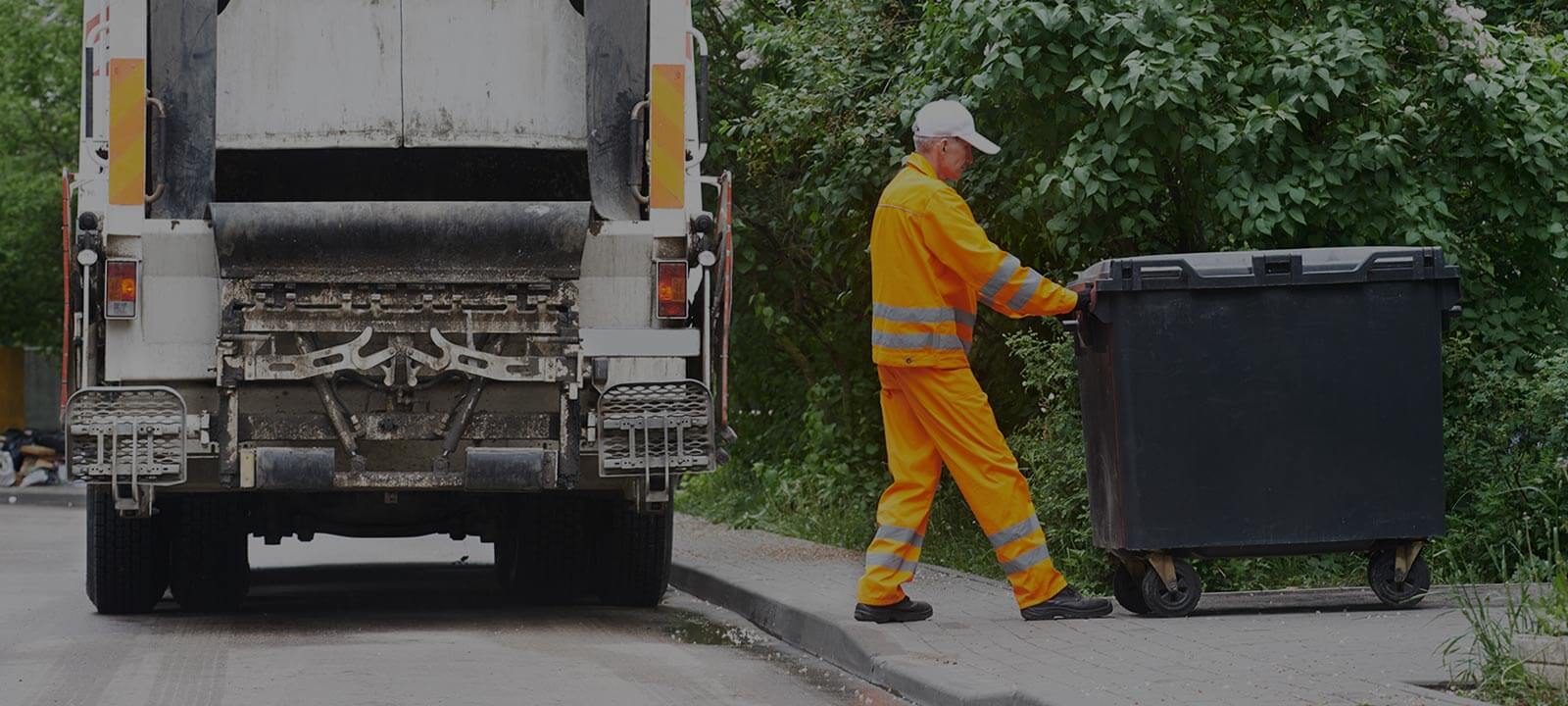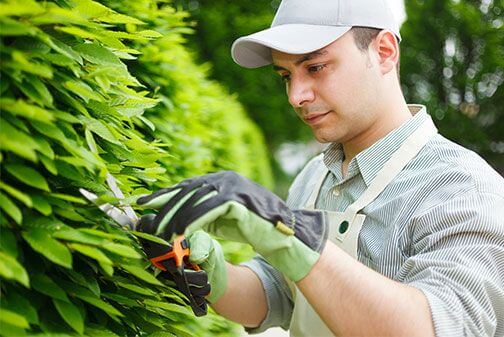Reusing for Resource Conservation
Posted on 04/11/2025
Reusing for Resource Conservation
As environmental concerns take center stage globally, individuals and organizations alike are focusing on sustainable practices. Reusing, one of the three R's of sustainability (Reduce, Reuse, Recycle), is a powerful strategy when it comes to resource conservation. This article delves into how reusing items can contribute significantly to preserving our planet's resources.
Understanding Reusing
Reusing involves finding new ways to use materials that would otherwise be discarded as waste. By giving products a second life, we can decrease the demand for new goods, ultimately reducing the environmental footprint of production and disposal. Unlike recycling, which typically requires energy to transform waste materials back into raw materials, reusing often requires little or no additional energy input.

Environmental Benefits of Reusing
Reusing items offers multiple environmental advantages:
- Reduction in Waste Production: By extending the life of products, less waste ends up in landfills. This helps mitigate the pollution associated with waste disposal.
- Conservation of Natural Resources: Reusing items means fewer raw materials are needed. This results in the conservation of natural resources like timber, water, and minerals.
- Energy Savings: Manufacturing new products from virgin materials requires significant energy. Reusing items saves this energy, reducing greenhouse gas emissions.
Economic Advantages of Reusing
In addition to environmental benefits, reusing also offers economic advantages:
- Cost Savings: Purchasing used or refurbished items is often cheaper than buying new. Additionally, repairing and reusing items can delay the need to make new purchases.
- Job Creation: The reuse industry, including thrift stores, repair shops, and online resale platforms, creates employment opportunities.
Tips for Effective Reuse
Here are some practical tips to incorporate reusing into your daily life:
- Consider Second-Hand Options: Instead of buying new, explore thrift shops, online marketplaces, and garage sales for preloved items.
- Upcycle: Get creative by repurposing old items for new uses. For example, transform glass jars into storage containers or use old clothing to create cleaning rags.
- Repair and Maintain: Before discarding an item, see if it can be repaired. Regular maintenance can extend the life of products like electronics, appliances, and vehicles.
- Rent or Borrow: Instead of buying items that are rarely used, consider renting or borrowing them. This is particularly useful for tools, party supplies, and sports equipment.
Pros and Cons of Reusing
While reusing has numerous benefits, it is important to acknowledge both its pros and cons.
Pros
- Reduces waste and pollution.
- Conserves natural resources and energy.
- Offers cost savings for consumers.
- Creates job opportunities in the reuse sector.
Cons
- Can sometimes require time and effort for sorting and repairing items.
- Reused items may not always meet the latest safety or efficiency standards.
- Potential for diminished quality or reduced lifespan of reused products.

Takeaways
Implementing reuse practices can significantly contribute to resource conservation. It offers an eco-friendly solution that reduces waste, conserves resources, and saves energy, all while being economically advantageous. Despite a few challenges, the benefits of reusing far outweigh the drawbacks.
Conclusion
Reusing is a crucial component of sustainable living and resource conservation. By making conscious choices to reuse items, we can reduce our environmental impact and contribute to a healthier planet. Embracing reuse practices not only benefits the environment but also provides economic rewards and fosters a community-oriented mindset.










